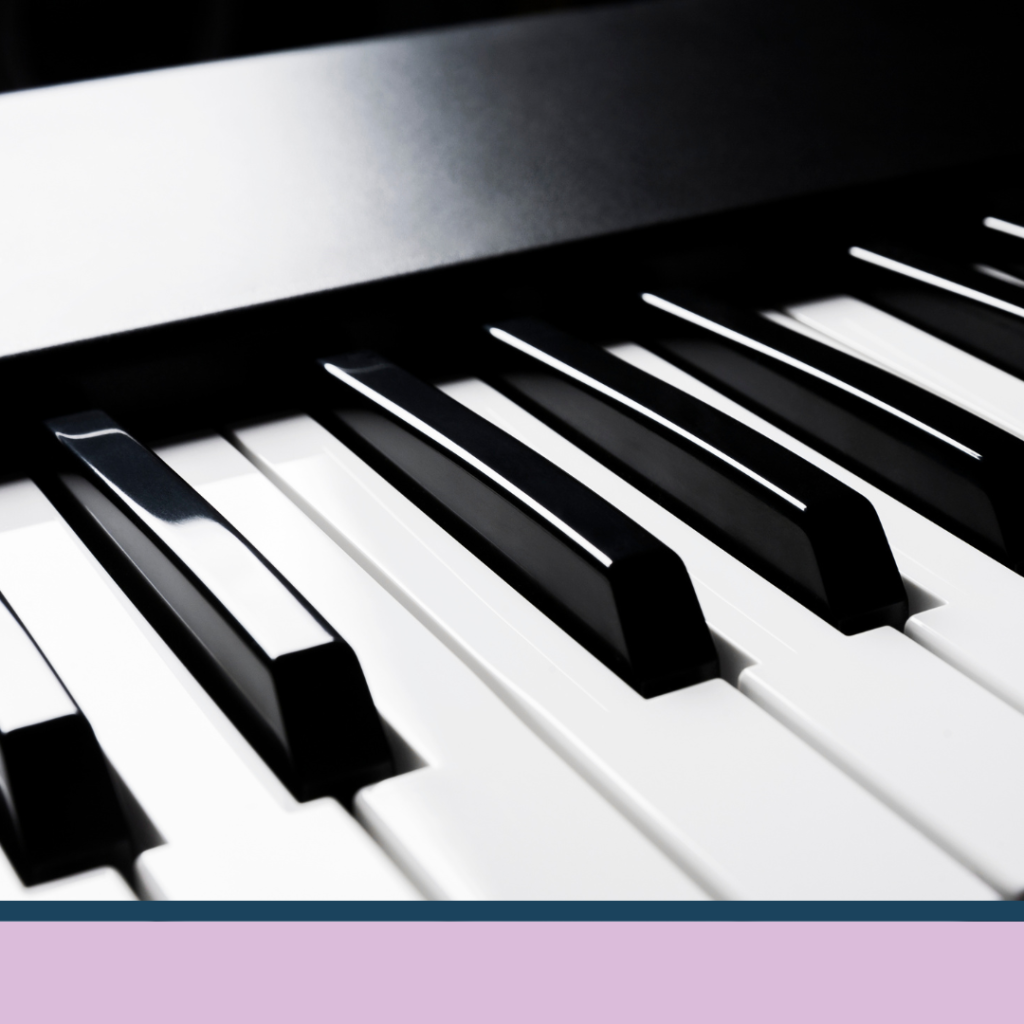
You may see the words “touch response” referred to a lot if you look online at buying a new piano, and we guarantee if you ask your Teacher what to look out for when buying a new instrument they’ll mention it!
But what is it? First of all, you need to know how a piano works.
How Does A Piano Work?
In a traditional acoustic piano, each key on the piano is connected to a small hammer. When a key is pressed, the hammer hits a set of strings (the number of strings differs depending on the position of the key – the higher the note, the more strings). The vibrations of the strings produce the sound that we hear.
If you press the key softly, the hammer will hit the strings gently and produce very small vibrations and little noise. If you press the key with force, the hammer will hit the strings a lot harder, produce larger vibrations and much more noise. This is touch response, and it’s where the piano actually gets its full name – the Pianoforte. This name is made up of the Italian words Piano (soft) and Forte (loud).
But Why Do We Need Touch Response?
For professional and amateur pianists alike, touch response is an essential aspect of the instrument. It allows the player to create a more nuanced and dynamic sound, which can transform a simple piece of music into something truly special. Pianists can achieve greater control over their performance by adjusting the intensity of their playing. This helps add texture and emotion to their playing.
For experienced pianists, touch response can make all the difference when it comes to creating music. It gives them greater control over the sound coming out of the instrument, allowing them to add more depth and complexity to their pieces. For beginners, this feature helps develop better technique since they can learn how much pressure needs to be applied in order for each note to sound correct.
Touch response provides enhanced control over your performances on piano and opens up a world of possibilities for both novice and experienced musicians alike. With its ability to detect even subtle changes in finger pressure on the keys, it enables you to create a wider range of sounds and emphasizes your own style as a player. If you’re looking for greater precision when playing piano then getting an instrument with touch response would be an excellent choice!
Does My Piano Have Touch Response?
If you’re looking at buying an acoustic piano you needn’t worry – all acoustic pianos are touch-sensitive. But some lower-level digital pianos don’t offer this feature as standard. This means you’d have to look at upgrading your instrument after only a few months. We’d recommend spending that little bit more money initially to get an instrument that will last.
Remember, if in doubt when looking at an instrument, just drop us an email and ask our advice. We’re always happy to help!

